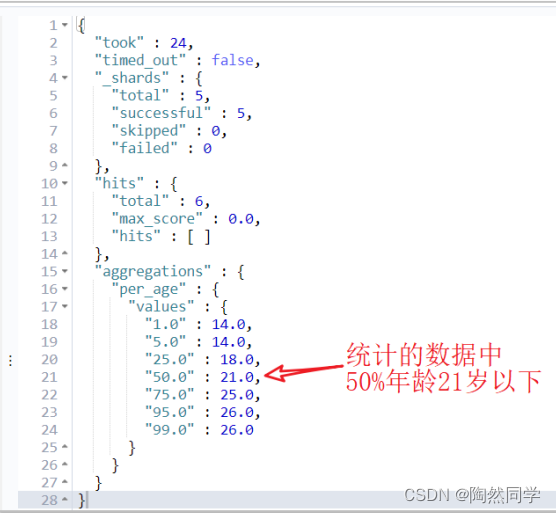New 操作符的原理
原创
HZFEStudio
修改于 2021-09-26 09:55:05
修改于 2021-09-26 09:55:05
代码可运行
运行总次数:0
代码可运行
完整高频题库仓库地址:https://github.com/hzfe/awesome-interview
完整高频题库阅读地址:https://febook.hzfe.org/
相关问题
- new 操作符做了什么
- new 操作符的模拟实现
回答关键点
构造函数 对象实例
new 操作符通过执行自定义构造函数或内置对象构造函数,生成对应的对象实例。
知识点深入
1. new 操作符做了什么
- 在内存中创建一个新对象。
- 将新对象内部的 __proto__ 赋值为构造函数的 prototype 属性。
- 将构造函数内部的 this 被赋值为新对象(即 this 指向新对象)。
- 执行构造函数内部的代码(给新对象添加属性)。
- 如果构造函数返回非空对象,则返回该对象。否则返回 this。
2. new 操作符的模拟实现
function fakeNew() {
// 创建新对象
var obj = Object.create(null);
var Constructor = [].shift.call(arguments);
// 将对象的 __proto__ 赋值为构造函数的 prototype 属性
obj.__proto__ = Constructor.prototype;
// 将构造函数内部的 this 赋值为新对象
var ret = Constructor.apply(obj, arguments);
// 返回新对象
return typeof ret === "object" && ret !== null ? ret : obj;
}
function Group(name, member) {
this.name = name;
this.member = member;
}
var group = fakeNew(Group, "hzfe", 17);参考资料
原创声明:本文系作者授权腾讯云开发者社区发表,未经许可,不得转载。
如有侵权,请联系 cloudcommunity@tencent.com 删除。
原创声明:本文系作者授权腾讯云开发者社区发表,未经许可,不得转载。
如有侵权,请联系 cloudcommunity@tencent.com 删除。
评论
登录后参与评论
暂无评论
推荐阅读
推荐阅读
相关推荐
ElasticSearch 6.x 学习笔记:33.Java API之指标聚合
更多 >目录
交个朋友
加入腾讯云官网粉丝站
蹲全网底价单品 享第一手活动信息







![elasticsearch[四]-数据聚合排序查询、搜索框自动补全、数据同步、集群](https://developer.qcloudimg.com/http-save/yehe-9360375/0ab835a4fa085bad17f9b81f2230bfa9.png)
